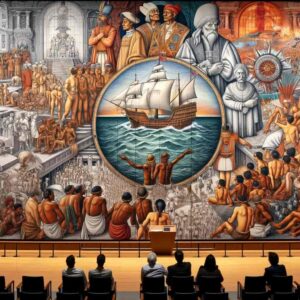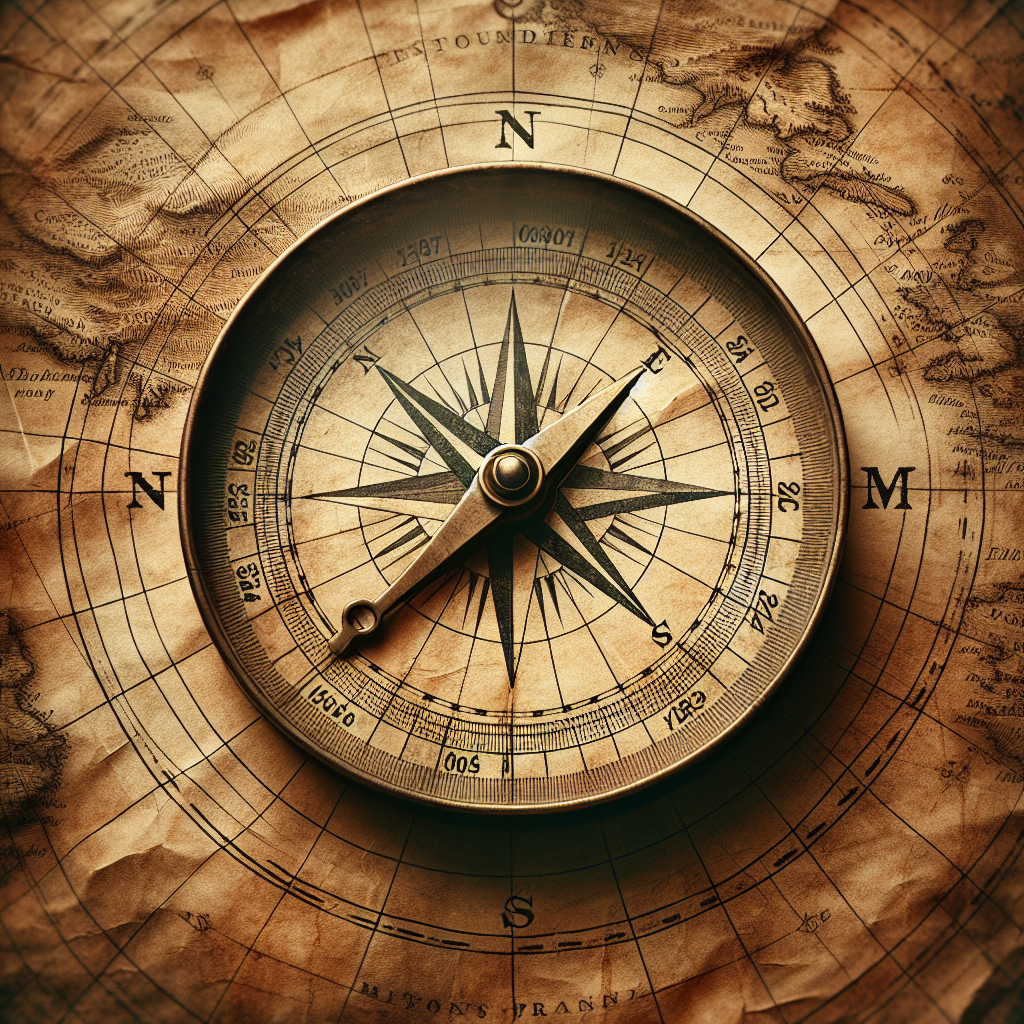What Year Did Columbus Sail The Ocean Blue
Imagine sailing across the vast, uncharted ocean, with the wind whispering through your hair and the anticipation of adventure pulsing through your veins. You, like many others, have often wondered about the exact year when Christopher Columbus set sail on his historic voyage.
Well, the answer is straightforward and is about to be revealed. So, brace yourselves, for the fascinating story of Columbus’s journey awaits you.
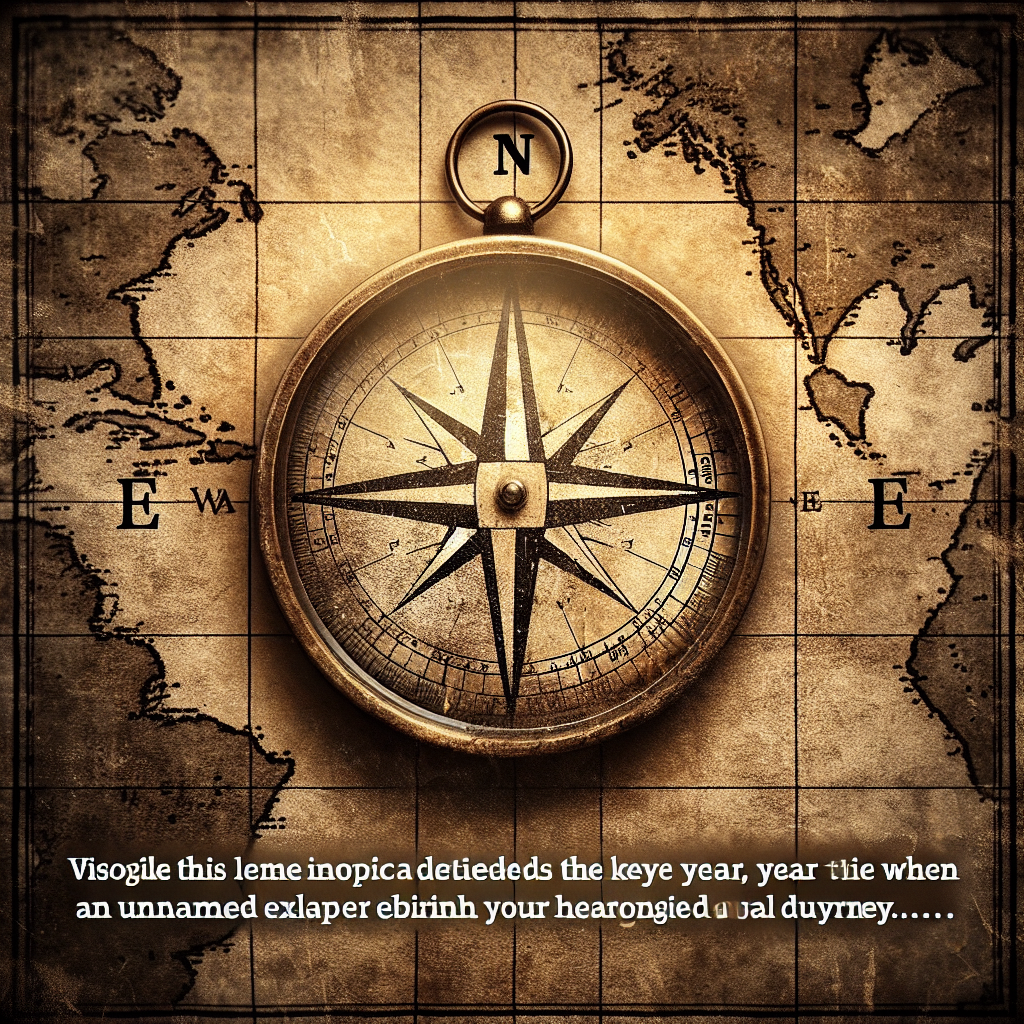
Origins of Christopher Columbus
Early Life and Family Origins
Christopher Columbus was born in 1451 in the Republic of Genoa, which is now part of modern-day Italy. He was the eldest son of Domenico Colombo, a middle-class wool weaver, and Susanna Fontanarossa.
Columbus’s family had humble origins, and his early life was marked by hardships and challenges. His interest in maritime exploration can be traced back to his childhood, as he often accompanied his father on short sea voyages.
Maritime Training and Background
In his teenage years, Columbus began his maritime training, apprenticing with a friend of his father’s, who was a successful merchant. During this time, Columbus honed his navigational skills and gained valuable experience in trade and maritime commerce.
He also studied various subjects related to seafaring, including astronomy, mapmaking, and cartography. This comprehensive training formed the foundation for Columbus’s later achievements as an explorer and navigator.
The Motivations for Columbus’s Voyage
Influence of Religious Prophecy
One of the driving forces behind Columbus’s voyage was his strong religious beliefs. He was deeply influenced by prophecies from the Bible, particularly those found in the Book of Isaiah, which spoke of the spread of Christianity to the ends of the earth.
Columbus saw himself as a chosen instrument of God, destined to fulfill these prophecies by discovering new lands and converting the native inhabitants to Christianity.
Searching for Alternative Trade Routes
Another motivation for Columbus’s voyage was the desire to find alternative trade routes to the East Indies. At the time, merchants in Europe relied heavily on land routes controlled by the Ottoman Empire.
Columbus believed that by sailing westward, he could reach Asia faster and establish direct trade links that would bypass the Ottomans, thereby securing immense wealth for himself and his sponsors.
Seeking Wealth and Prestige
The pursuit of wealth and prestige was a major driver for Columbus. He yearned for personal enrichment and the opportunity to elevate his social status. By discovering new lands and paving the way for future expeditions, Columbus aimed to secure a prominent place in history.
He also hoped to gain substantial rewards, such as titles, land grants, and a lucrative share in the profits from the trade routes he anticipated opening.
Organization of the Exploratory Voyage
Acquiring Funding and Royal Sponsorship
To bring his vision to life, Columbus needed financial support. He approached various European monarchs but faced initial rejections.
Eventually, he found patronage from Queen Isabella I of Castile and King Ferdinand II of Aragon, who recognized the potential benefits of his proposed voyage. In 1492, they agreed to sponsor Columbus’s expedition, providing him with the necessary funds and resources.
Preparation and Assembly of the Fleet
Once the sponsorship was secured, Columbus began the intricate process of preparing for the voyage. He gathered a team of skilled sailors, cartographers, and scientists to assist him. Together, they meticulously planned every aspect of the journey, from the selection and outfitting of ships to the procurement of provisions and equipment.
The construction and outfitting of the fleet, which consisted of three ships, required significant time and effort.
Columbus’s Fleet and Crew
Detailed Description of Ships
Columbus’s fleet comprised three ships: the Santa Maria, the largest vessel, with a length of approximately 30 meters; the Pinta, a caravel of about 20 meters; and the Niña, the smallest ship, measuring around 15 meters in length.
The Santa Maria was a nao, a heavy and sturdy ship suitable for long voyages. The Pinta and the Niña were caravels, lighter and more maneuverable vessels.
Composition and Experience of Crew Members
Columbus carefully selected his crew, seeking individuals experienced in navigation and seamanship. The crew consisted of around 90 men, including sailors, soldiers, astronomers, and craftsmen.
Many of the sailors were seasoned mariners, having previously sailed on voyages to Africa and other parts of Europe. Their collective knowledge and skills would prove vital during the arduous transatlantic journey.
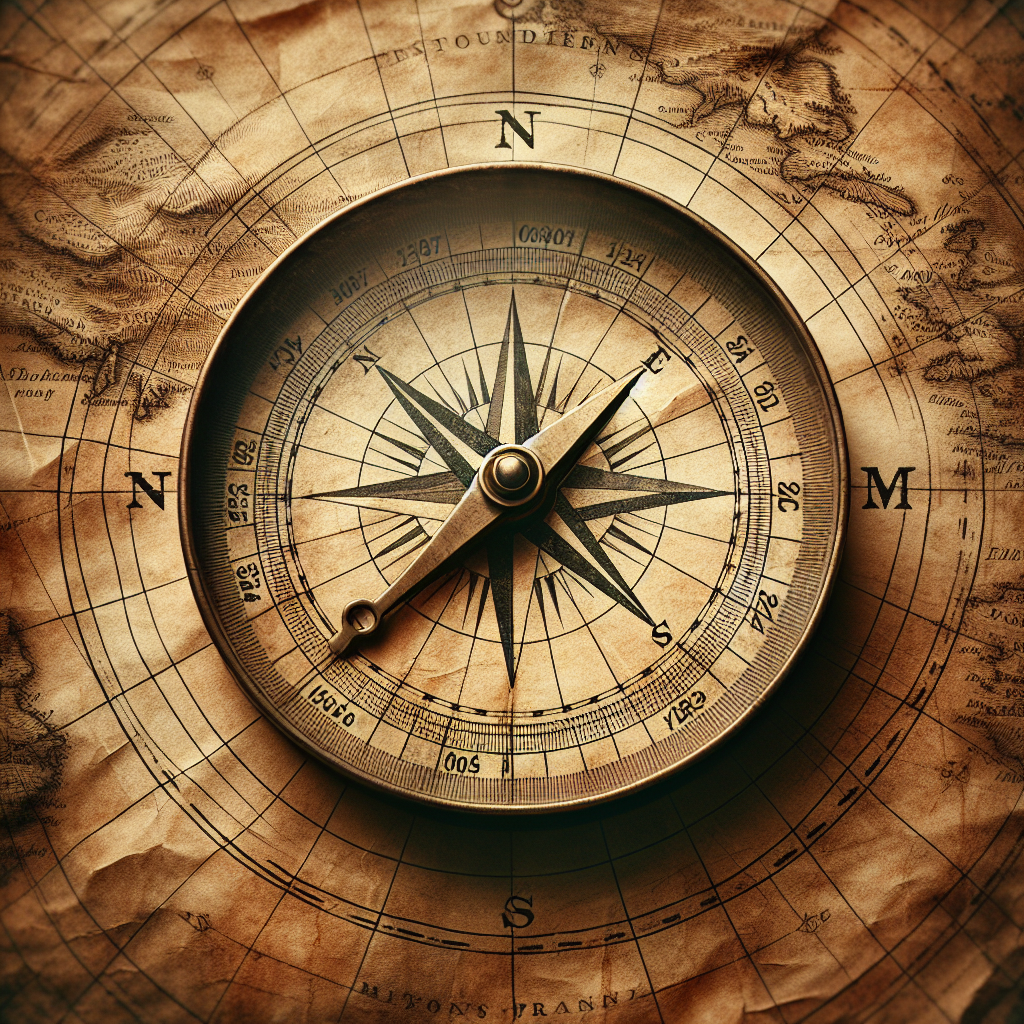
Departure from Spain
Date and Location of Departure
On August 3, 1492, Columbus and his crew set sail from the port of Palos de la Frontera in southwestern Spain. The departure date was strategically chosen to take advantage of optimal weather conditions for crossing the Atlantic.
Amid cheers and blessings from the local population, the fleet embarked on its historic voyage, bound for the unknown.
Initial Challenges and Changes in Course
Soon after leaving Spain, Columbus encountered the first of many challenges. The Pinta developed rudder problems, necessitating an unscheduled stop in the Canary Islands for repairs. This delay altered the original course, leading Columbus to adjust his route further westward.
Despite these setbacks, the crew remained committed and hopeful, driven by the promise of discovery and the allure of untold riches.
The Journey Across the Atlantic
Navigational Methods and Tools
Navigating the vast expanse of the Atlantic Ocean presented significant challenges to Columbus and his crew. They relied on various navigational methods and tools, including quadrant and astrolabe instruments for determining the altitude of celestial bodies, such as the Sun and stars.
These measurements allowed them to estimate their latitude, while dead reckoning, a method based on a ship’s estimated speed and course, helped to track their progress.
Daily Life on Board the Ships
Life aboard the ships during the transatlantic journey was demanding and rigorous. The crew faced cramped living conditions, scarcity of fresh food and water, and the constant threat of disease.
Duties were divided among the sailors, with some responsible for navigation, others for maintaining the ships, and others for cooking and provisioning. Monotony was broken up by daily routines, including religious observances and occasional land sightings.
Signs of Land and Changes in Sea and Sky
As the days turned into weeks, Columbus and his crew closely observed the sea and sky for signs of land. They kept a vigilant eye out for floating debris, seaweed, seabirds, and changes in water color and temperature.
On October 12, 1492, their patience and perseverance paid off when land was finally sighted, forever changing the course of history and opening a new chapter in the exploration of the world.
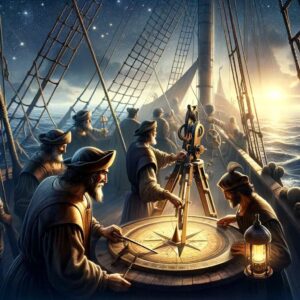
Landfall in the New World
The Date and Location of Columbus’s Landfall
Columbus’s landfall in the New World occurred on October 12, 1492. He and his crew set foot on an island in the present-day Bahamas, which he named San Salvador.
This was the first of several landfalls Columbus made during his subsequent voyages, as he explored various islands in the Caribbean and parts of Central and South America.
Columbus’s First Impressions and Observations
Upon reaching land, Columbus was struck by the beauty and natural abundance of the New World. He noted the lush vegetation, exotic flora and fauna, and the welcoming nature of the native inhabitants he encountered.
Columbus marveled at the potential opportunities for trade and discovery, confident that he had reached the outskirts of Asia, even though he was unaware of the vastness of the continent lying before him.
Initial Encounters with Native Peoples
Columbus’s initial encounters with the native peoples of the Caribbean were marked by curiosity and mutual fascination. Despite the language barrier, both parties attempted to communicate and exchange goods. Columbus observed their way of life, their customs, and their physical appearance, making notes and drawings in his journal.
These encounters set the stage for the complex and often tumultuous relationship between the European explorers and the indigenous peoples of the New World.
Return Voyage to Spain
Reactions of the Crew and Passengers
The return voyage to Spain was met with mixed emotions from Columbus’s crew and passengers. While some were elated at the prospect of returning home after a successful expedition, others grew increasingly anxious and apprehensive.
The fear of the unknown, coupled with the challenges and hardships endured during the outward journey, weighed heavily on their minds. The anticipation of reuniting with loved ones and recounting tales of their discoveries provided solace and motivation.
Challenges and Dangers Encountered on the Return Journey
The return journey was not without its perils. Adverse weather conditions, including storms and treacherous currents, posed significant risks to the ships. Diseases, such as scurvy, took a toll on the crew’s health, further complicating matters.
Additionally, tensions and disagreements amongst the crew heightened as the voyage progressed, making the journey back to Spain a test of endurance, resilience, and leadership.
Impact on Europe and Beyond
Columbus’s Arrival in Spain
On March 15, 1493, Columbus and his crew arrived back in Spain, greeted with great fanfare and celebration. News of their successful voyage spread rapidly, igniting a sense of wonder and excitement throughout Europe. Columbus was hailed as a hero, and his return marked the beginning of a new era of exploration, colonization, and globalization.
Reaction and Recognition within Europe
The news of Columbus’s discoveries reverberated across the European continent, sparking a surge of interest in exploration and a hunger for further conquests.
European powers, eager to claim their share of the newfound riches, launched their expeditions to the New World. The significance of Columbus’s voyage cannot be overstated, as it paved the way for the establishment of colonial empires and the transformation of global trade.
Long-Term Effects on the Age of Exploration
Columbus’s voyage had profound and lasting effects on the Age of Exploration. It opened up new trade routes and sparked a wave of exploration and colonization that shaped the course of world history.
Europe’s encounter with the Americas brought about a massive exchange of goods, ideas, and cultures, collectively known as the “Columbian Exchange.” This exchange had far-reaching social, economic, and ecological consequences, forever altering the trajectory of human civilization.
Reflections on Columbus’s Legacy
Controversies Surrounding Columbus’s Actions
Despite his historical significance, Columbus’s legacy is not without controversy. His exploratory voyages unleashed a wave of colonization that resulted in the subjugation, displacement, and decimation of native populations.
The brutality and exploitation wrought by European colonizers have led to calls for a reevaluation of Columbus’s role and celebration. Many argue that his actions should be examined within the broader context of colonialism and its devastating impact on indigenous peoples.
Modern Perceptions and Interpretations
In recent years, there has been a growing recognition of the need to reassess Columbus’s place in history. Some jurisdictions have renamed Columbus Day as Indigenous Peoples’ Day, aiming to give voice and recognition to the Native American populations who suffered as a result of European exploration and colonization.
Scholars and activists continue to debate and challenge traditional narratives, seeking a more nuanced understanding of Columbus’s complex legacy and its implications for contemporary society.
